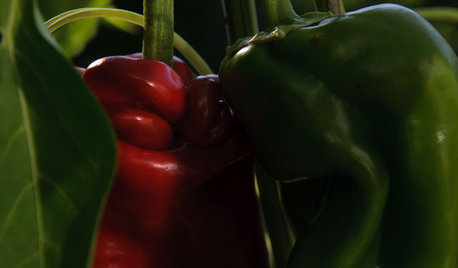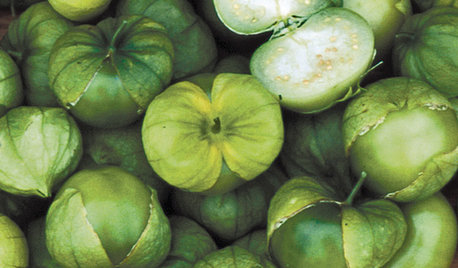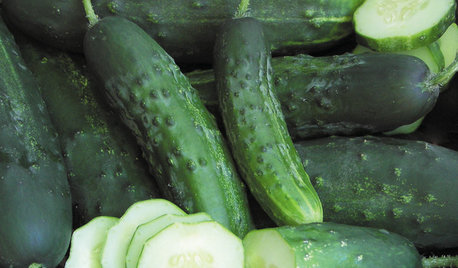tomato crop rotation
deanriowa
16 years ago
Related Stories

EDIBLE GARDENSSummer Crops: How to Grow Tomatoes
Plant tomato seedlings in spring for one of the best tastes of summer, fresh from your backyard
Full Story
GARDENING GUIDESOrganic Matters: Thwart Insect Pests With Trap Crops
Add a few sacrificial plants to your garden to lure insects away from the harvest
Full Story
GARDENING GUIDESSummer Crops: How to Grow Peppers
Some like 'em hot; others like them sweet. With the incredible range of peppers available for home gardens, you can have your pick
Full Story
SUMMER FRUITS AND VEGETABLESSummer Crops: How to Grow Tomatillos
Grow this Mexican native for the freshest salsa verde — and for fewer problems than its tomato cousins
Full Story0

SPRING GARDENINGSummer Crops: How to Grow Strawberries
Pluck your own sweet strawberries right from the garden vine for smoothies, salads or eating then and there
Full Story
EDIBLE GARDENSHow to Grow Your Own Sweet Summer Crops
This guide will help any gardener get started on growing the freshest warm-season veggies and berries for summer
Full Story
FARM YOUR YARDIf You Have Room for Only One Summer Crop ...
Get an edible that’s long on flavor even if you’re short on space, with a long-time gardener’s favorite picks
Full Story
EDIBLE GARDENSSummer Crops: How to Grow Squash
Almost foolproof and with cheerful flowers, squash comes in a wide range of varieties to plant in spring
Full Story
SUMMER FRUITS AND VEGETABLESSummer Crops: How to Grow Cucumbers
Pick a peck for pickles or opt for fewer and raw — no matter how you slice them, cucumbers are great for summer gardens small to large
Full Story
SUMMER FRUITS AND VEGETABLESSummer Crops: How to Grow Beans
Grow your own beans for amazing variety and healthy, convenient produce all summer
Full Story






Pyewacket
digdirt2
Related Professionals
Barrington Hills Landscape Architects & Landscape Designers · Lowell Landscape Architects & Landscape Designers · Tempe Landscape Contractors · Fort Payne Landscape Contractors · Oxnard Landscape Contractors · Abington General Contractors · Keene General Contractors · North Lauderdale General Contractors · Rocky Point General Contractors · Agoura Hills Stone, Pavers & Concrete · Boise Decks, Patios & Outdoor Enclosures · Marlboro Decks, Patios & Outdoor Enclosures · Miami Decks, Patios & Outdoor Enclosures · Randolph Decks, Patios & Outdoor Enclosures · Westminster Decks, Patios & Outdoor Enclosuresqaguy
jennieboyer
digdirt2
carolyn137
woodyswife
carolyn137